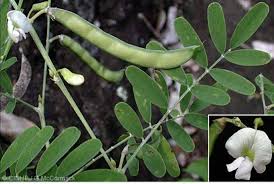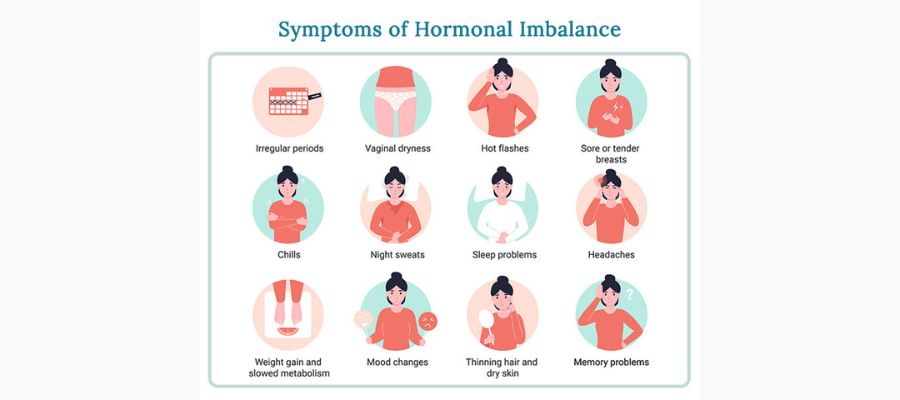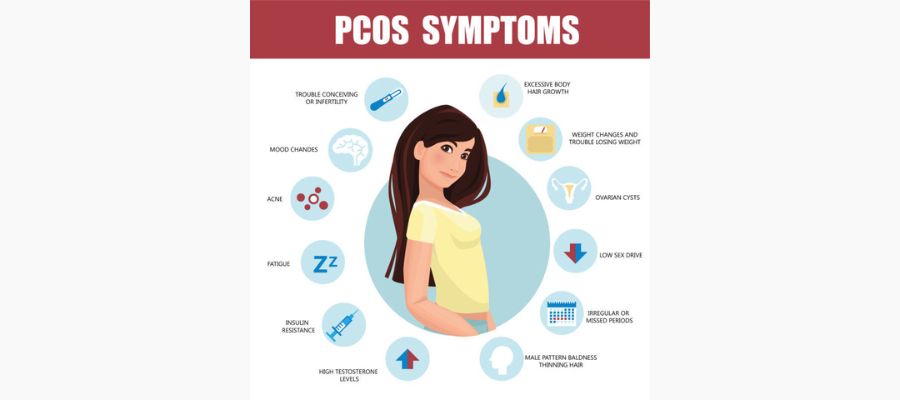
SCIENTIFIC NAME: Tephrosia purpurea
HINDI NAME: Sharpunkha, Pleehashatru, Saraponkh
ENGLISH NAME: Wild Indigo, Purple Tephrosia, Fish poison
FAMILY: Leguminosae (Fabaceae)
SHORT DESCRIPTION
The pale violet or pale pink flowers and white hairs on the stem distinguish the Sharpunkha plant. It balances the Vata and Kapha doshas, according to Ayurveda. It has a bitter, astringent taste and a high heat level. It aids in detoxification as well as the regeneration of new cells. The entire plant, namely a decoction of the whole plant, root powder and root juice, leaf juice, and leaf powder are used for therapeutic purposes.
USES & HEALTH BENEFITS
- Useful to cure liver cirrhosis
- Aids to treat splenomegaly
- Maintains haemoglobin levels
- Hepatoprotective herb
- Protects kidney functioning
- Great for skin problems
- Regulates blood sugar levels
- Anti-worm activity
- Helpful in gastritis, indigestion
PRECAUTIONS & SIDE EFFECTS
- The whole plant is used medicinally in the form of juice, paste, decoction, and powder. Use only after being prescribed by an expert.
- Sharpunkha has no known side effects, according to the medical literature.
- However, before taking Sharpunkha, you should always visit your doctor.
HOW TO USE
- Decoction of the whole plant is successfully used for liver diseases like cirrhosis.
- Decoction of the root is especially given with buttermilk, in case of splenomegaly.
- Sharpunkha panchang (5 g), 5-6 basil leaves, and 2-3 g dry ginger powder are boiled with a glass of water to make a decoction until the original volume is reduced to one-fourth. Drink after filtering for healthy kidney functioning.
- Decoction of Sharpunkha with neem leaves is amazing for skin issues.










